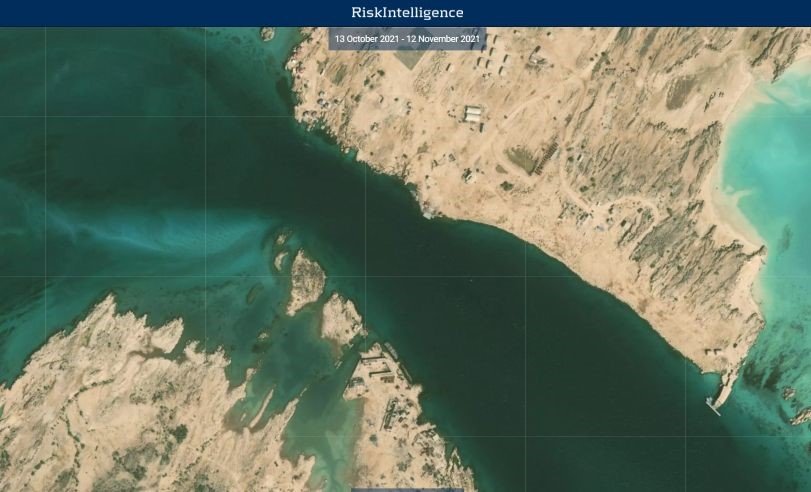Russia’s military base in Sudan
15 November 2021
After 30 years of absence from the Red Sea, Russia has expressed interest in building a Naval base near Port Sudan. MENA Analyst Kais Makhlouf provides an overview of the Russian project, along with future predictions of how it is going to be implemented.
By Kais Makhlouf, MENA Analyst
The 25 October coup in Sudan raised many questions as to the future of Russia’s projected ‘logistical support base’ (MTO base) near Port Sudan, announced in November 2020. At the time, the announcement was met with a mix of delight and perplexity in Russia, despite the deal having been in the making since 2015. Formally, the base would be Russia’s second foreign MTO base, after the Tartus base in Syria. Russia would be allowed to accommodate all types of weapons and systems, including nuclear powered and armed vessels without any oversight from the Sudanese state.
To some observers’ delight, this would mark Russia’s return to the Red Sea following a 30-year absence. The USSR had developed an extensive presence in the region, operating naval bases in Berbera, Socotra, Ethiopia, and the Seychelles between the 1960’s and 1991. Some argued that this was a step in Russia’s return to its global role and would allow it to project power beyond its regional vicinity. Placing assets around the Red Sea would allow for improved intelligence gathering, as well as the creation of access denial zones along adversaries’ supply lines. It would also allow for resupplying assets, declared or undeclared, operating elsewhere in North and Central Africa. Finally, it would consecrate Russian influence in parts of Africa and indirectly assist with weapon sales.
What left many others perplexed was the fact that the base would represent an economic and logistical effort of limited value to Russia’s interests. The relative strategic significance of the Suez Canal to Russia would make the opening of an MTO base disproportionate to its interests in the area. Given the country’s negligible power projection in the Red Sea and the wider Indian Ocean, this also meant that an even larger military effort would be required to adequately exploit the MTO’s facilities. Specialised coverage largely reflected specialists’ doubts as to the merits of the initiative, with many pointing out that Russia had not needed a military base in Africa to sell arms there.
The deal was negotiated before Sudan’s 2019 Revolution, with the Bashir regime initially demanding offshore nuclear power reactors and anti-aircraft missiles. It had been maintained by the transitional regime until June 2021, when it attempted to renegotiate it in Sudan’s favour, in what was widely seen as a bid to extort new concessions. And yet, negotiations continued before the October 25 coup finally rekindled old friendships. On 1st November 2021, barely a week after his takeover, General Abdulfattah Al Burhan appeared on Russian state-owned media and confirmed that the base was still on the cards. He said Sudan would “conform to its international commitments”, while praising Russia’s collaboration with the Sudanese armed forces.
There is still a long way to go before the project becomes reality. Russian decision-makers are likely wary of an unstable new regime whose prominent members where behind the attempts at reneging on the deal in June 2021. Russia is likely to wait for the dust to settle before committing its resources to an MTO base of debatable, and certainly debated, value.
FREE LIVE DEMO:
Not a user of our Risk Intelligence System yet?
Sign up for a live demo with us or request a 2 weeks full free trial with access to all incidents, assessments and features from vessel or desktop.

